Mediterranean
Southampton | Lisbon | Alicante | Barcelona | Civitavecchia | Olbia | Casablanca | Tangier | Ferrol | Southampton
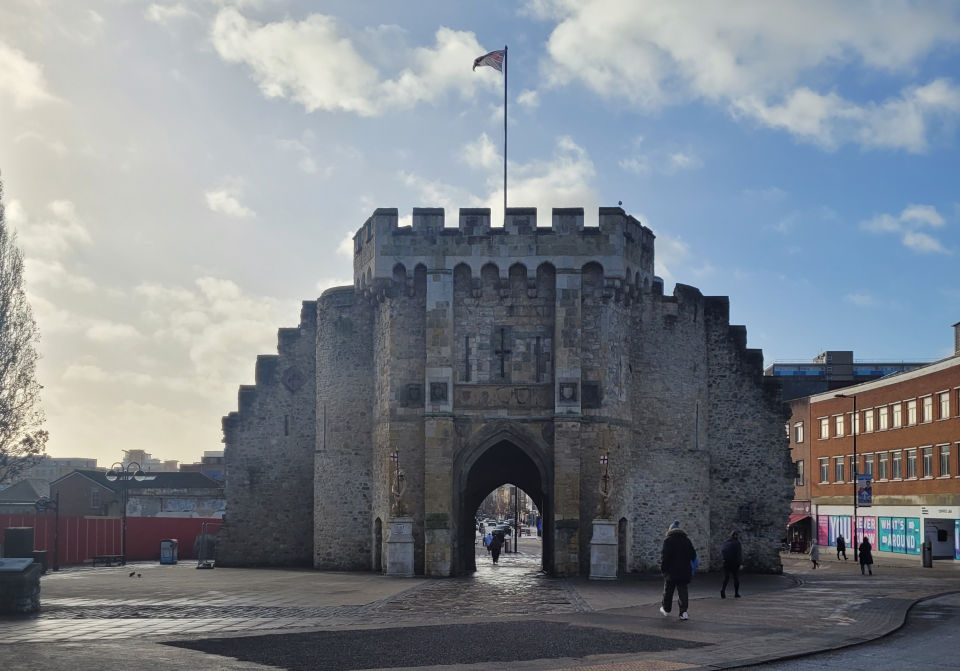
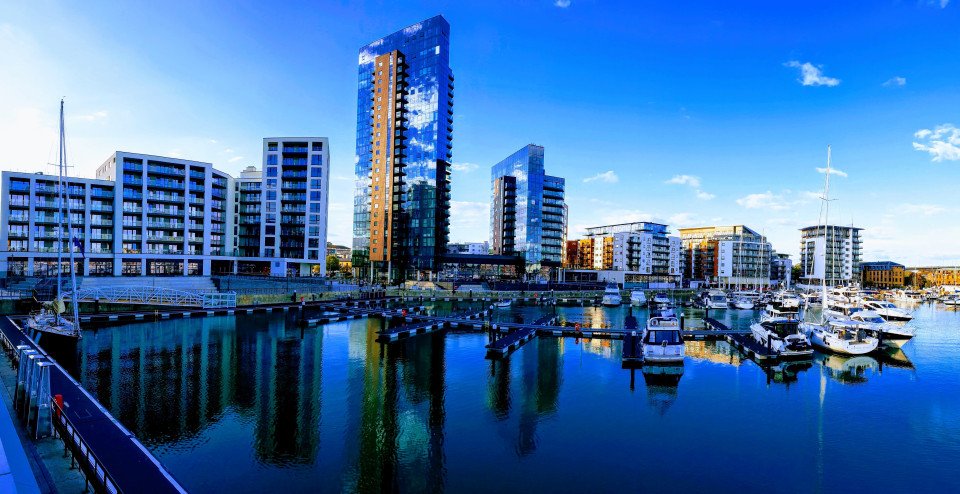
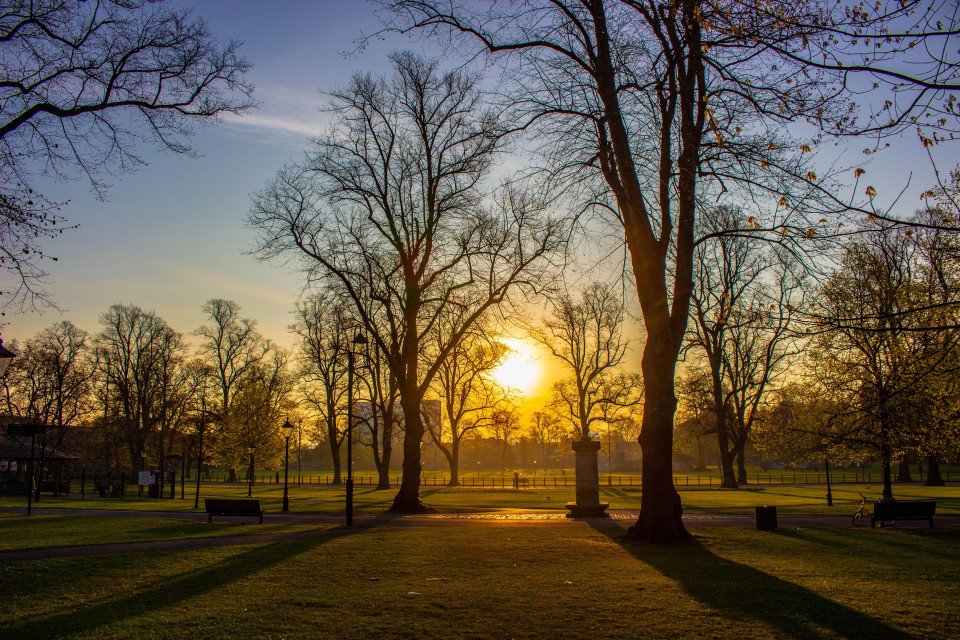
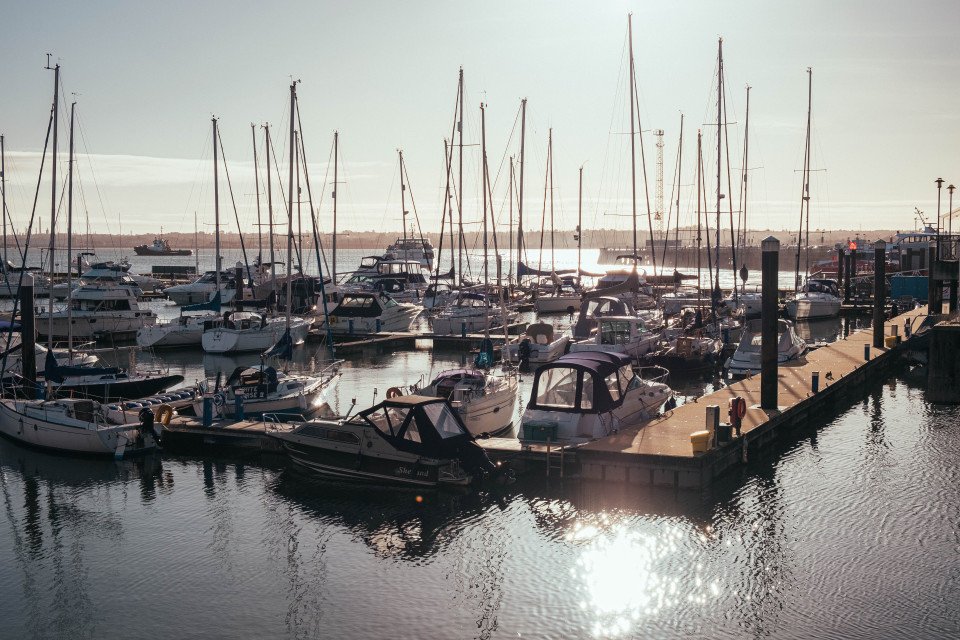
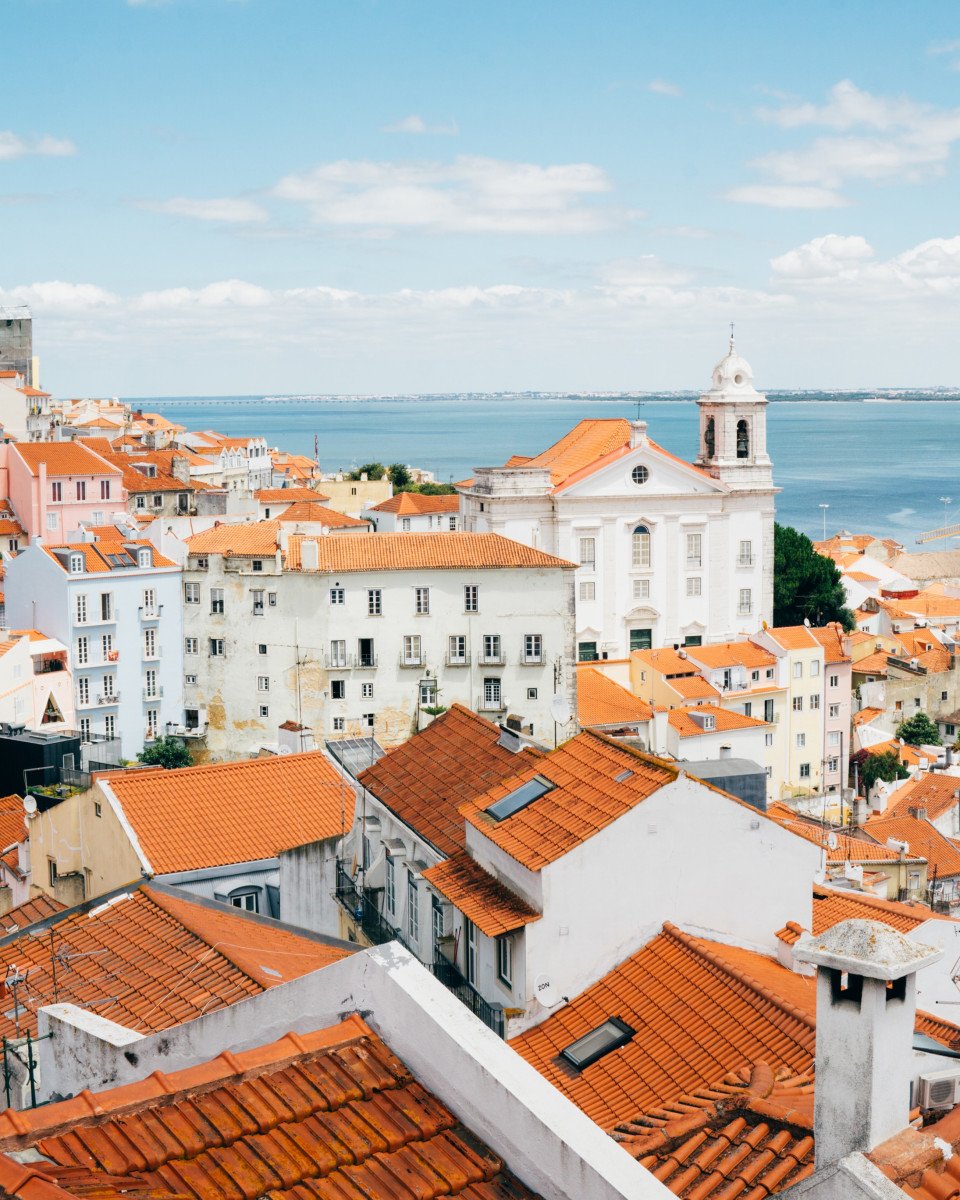
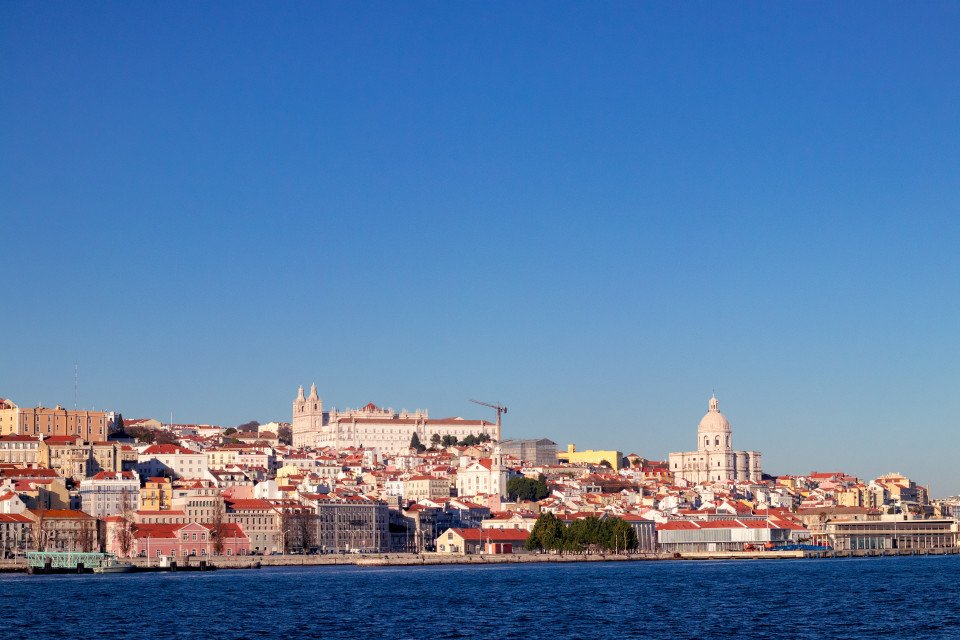
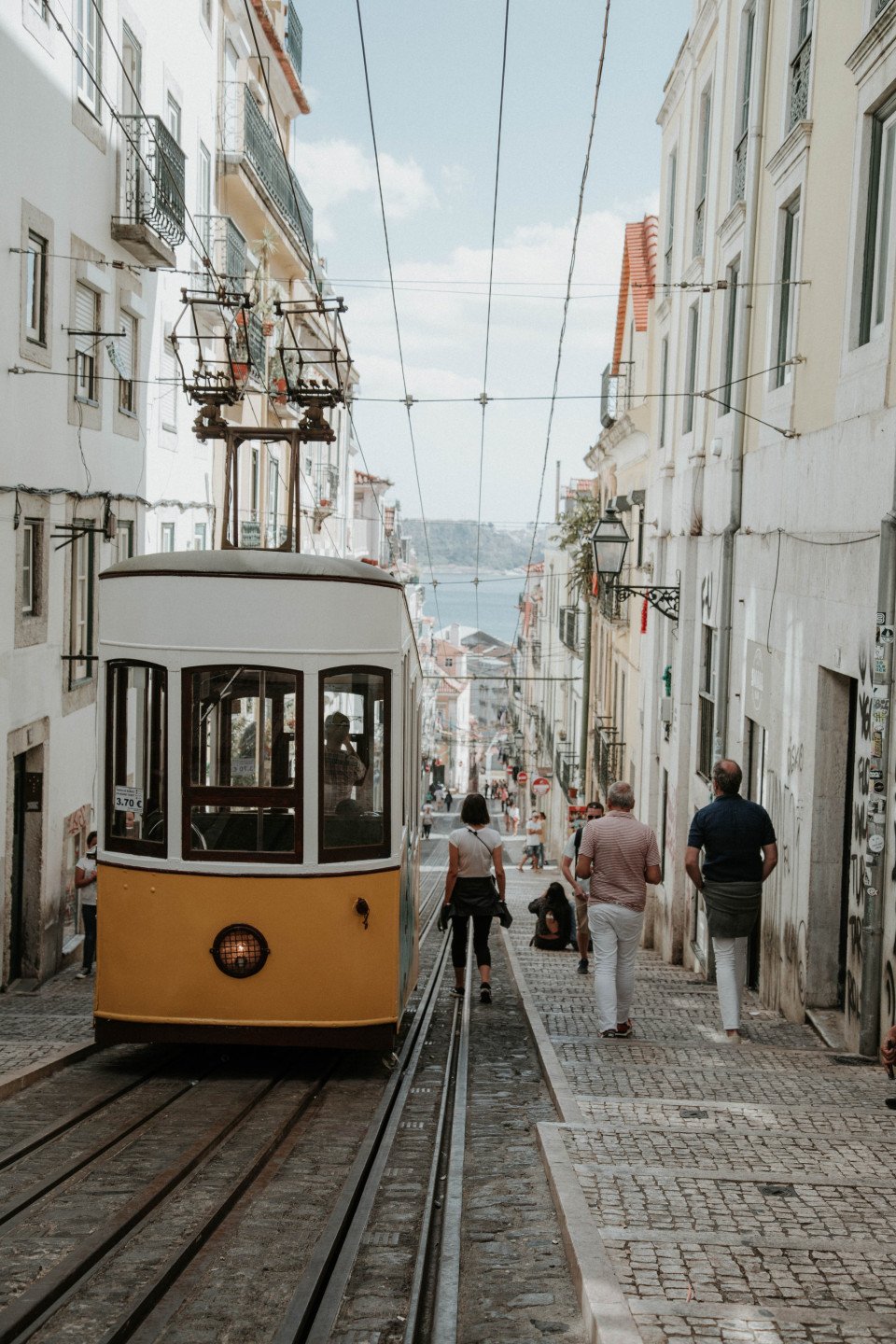
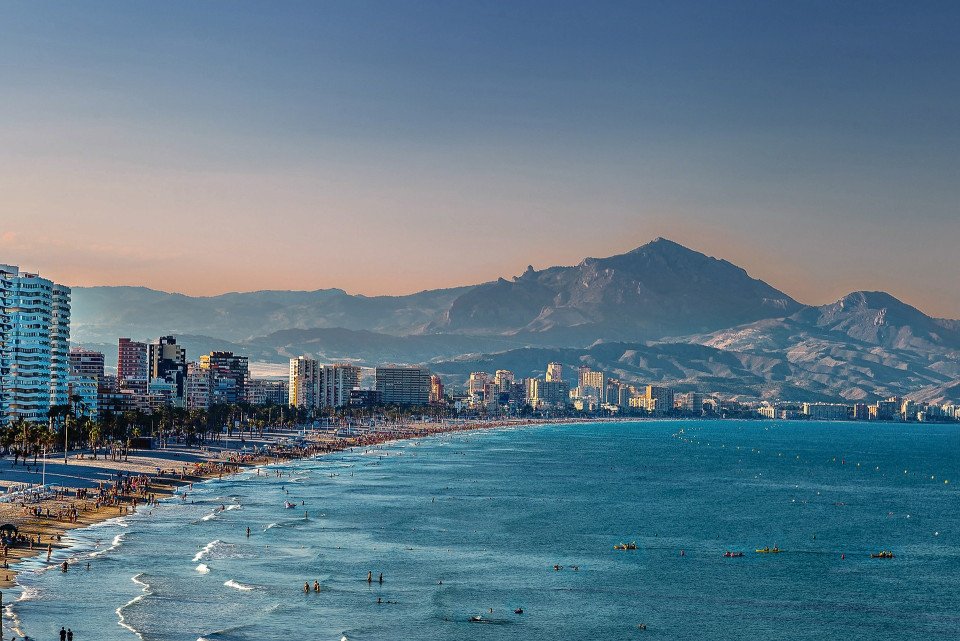

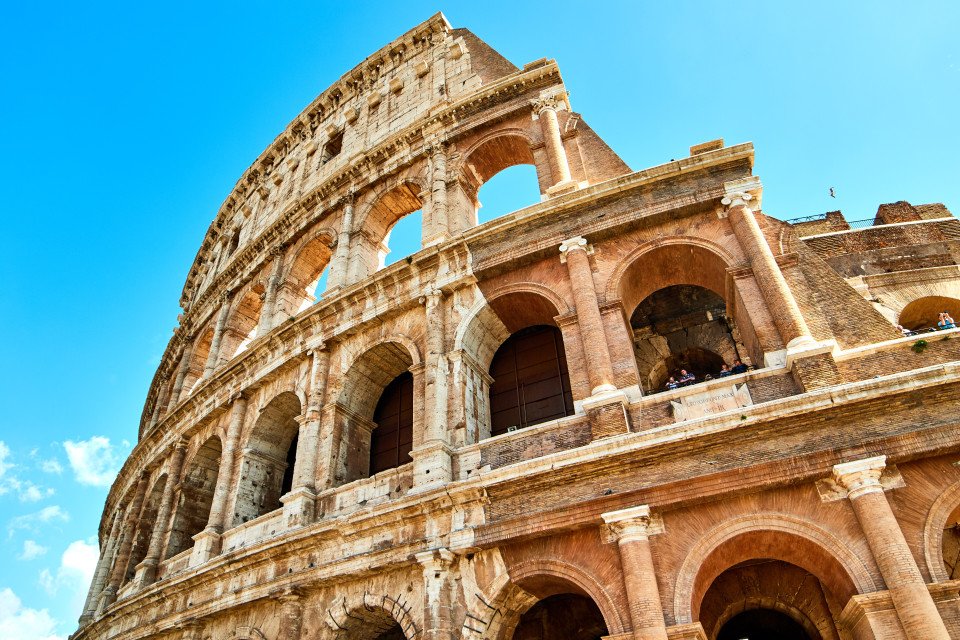
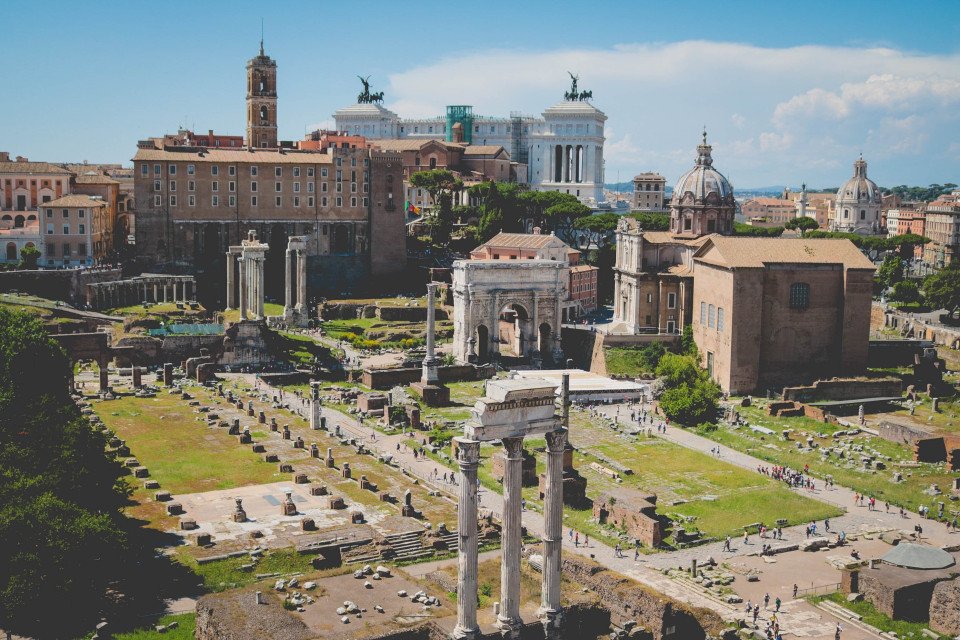
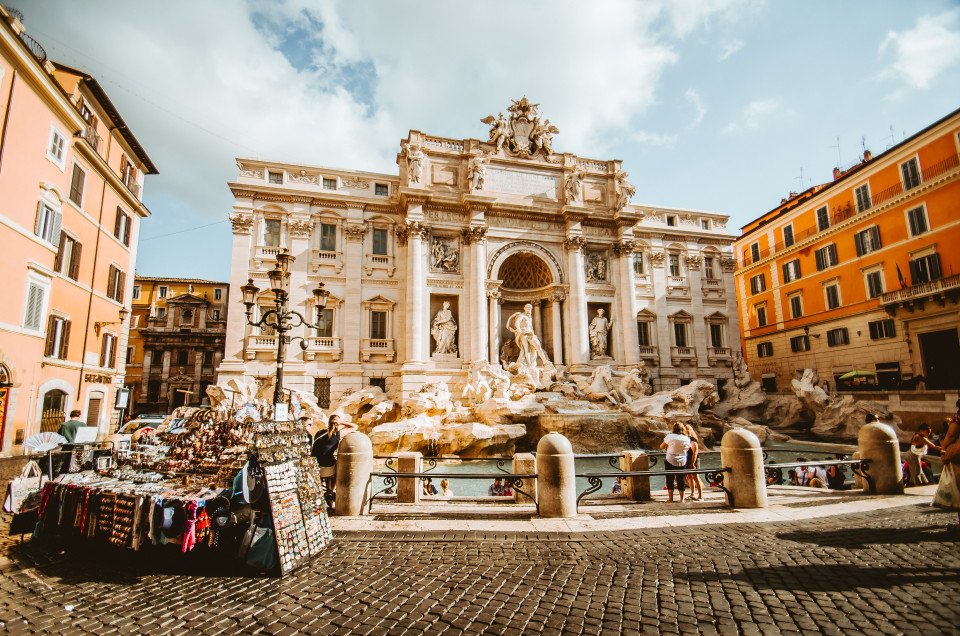
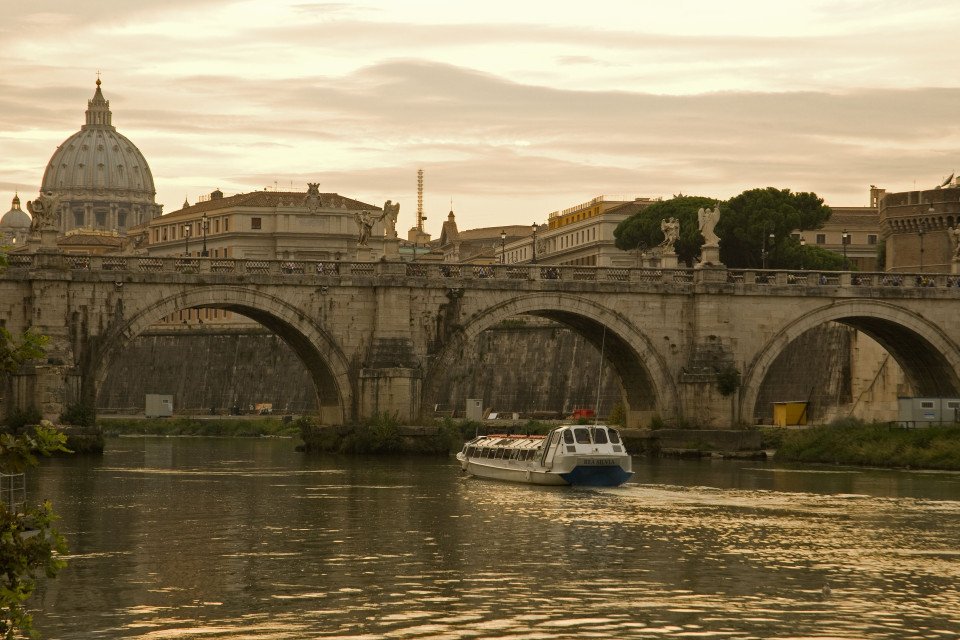
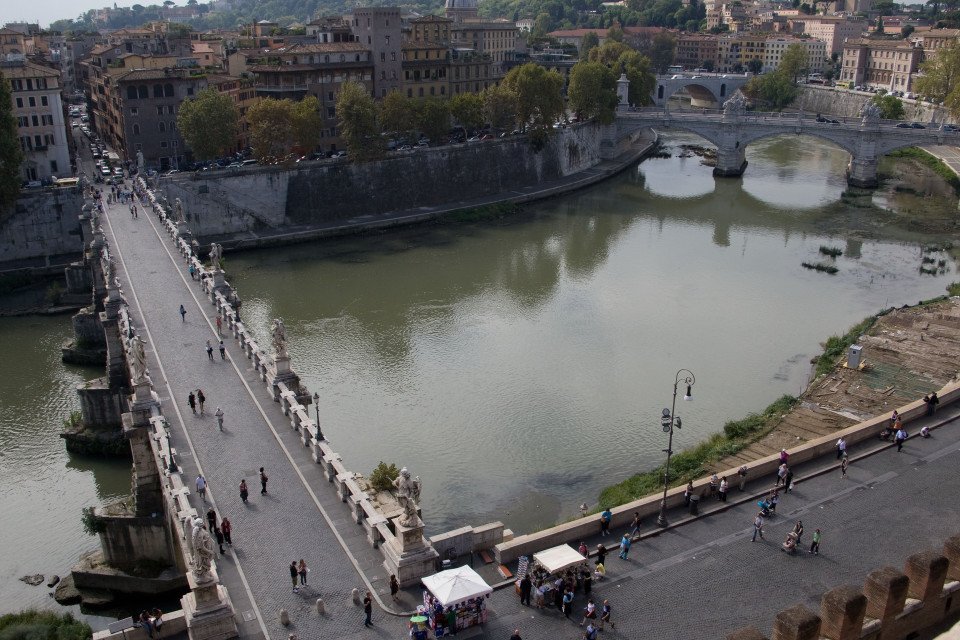

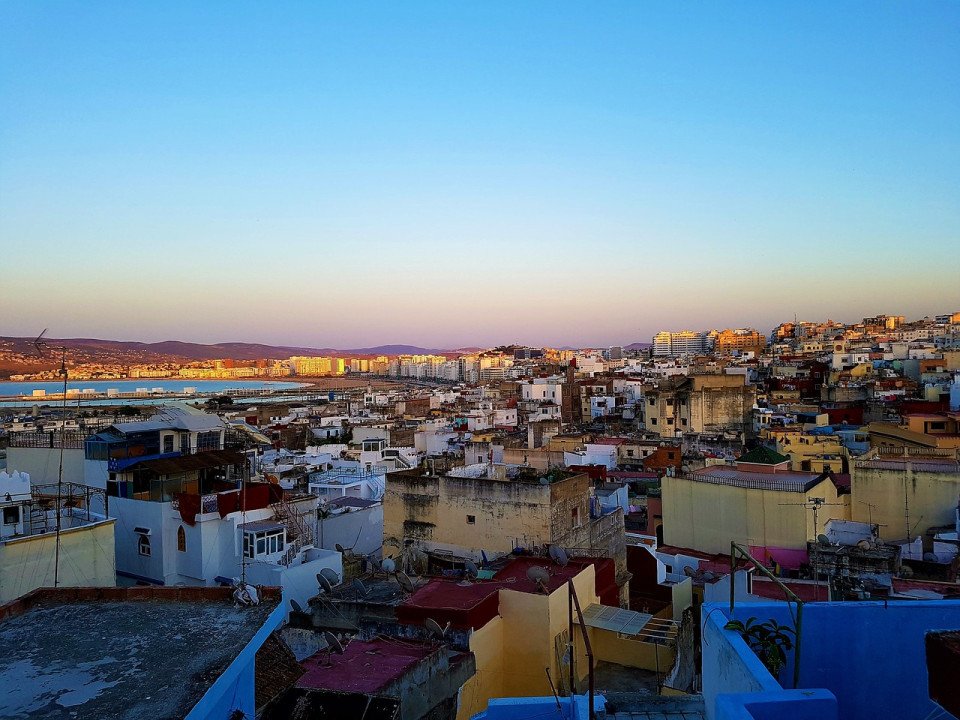
(Prices correct as of today’s date, are updated daily, are subject to change and represent genuine availability at time of update).
This cruise only holiday is financially protected by ABTA
Please click here to check the essential travel requirements before booking this cruise.
Want to add a hotel stay or change your flights?
Just call our team of cruise specialists to help build your dream cruise holiday today!
Prices based on 2 people sharing. Cruise only price does not include flights. Fly-cruise price may vary by chosen UK airport.
Prices based on 1 solo passenger. Cruise only price does not include flights. Fly-cruise price may vary by chosen UK airport.
Prices based on 3 people sharing. Cruise only price does not include flights. Fly-cruise price may vary by chosen UK airport.
Prices based on 4 people sharing. Cruise only price does not include flights. Fly-cruise price may vary by chosen UK airport.
Southampton
Lying near the head of Southampton Water, a peninsula between the estuaries of the Rivers Test and Itchen, Southampton is Britain’s largest cruise port. It has been one of England’s major ports since the Middle Ages, when it exported wool and hides from the hinterland and imported wine fro... Lying near the head of Southampton Water, a peninsula between the estuaries of the Rivers Test and Itchen, Southampton is Britain’s largest cruise port. It has been one of England’s major ports since the Middle Ages, when it exported wool and hides from the hinterland and imported wine from Bordeaux. The city suffered heavy damage during World War Two and as a result the centre has been extensively rebuilt, but there are still some interesting medieval buildings including the Bargate, one of the finest city gatehouses in England. Read More


Lisbon
Set on seven hills on the banks of the River Tagus, Lisbon has been the capital of Portugal since the 13th century. It is a city famous for its majestic architecture, old wooden trams, Moorish features and more than twenty centuries of history. Following disastrous earthquakes in the 18th... Set on seven hills on the banks of the River Tagus, Lisbon has been the capital of Portugal since the 13th century. It is a city famous for its majestic architecture, old wooden trams, Moorish features and more than twenty centuries of history. Following disastrous earthquakes in the 18th century, Lisbon was rebuilt by the Marques de Pombal who created an elegant city with wide boulevards and a great riverfront and square, Praça do Comércio. Today there are distinct modern and ancient sections, combining great shopping with culture and sightseeing in the Old Town, built on the city's terraced hillsides. The distance between the ship and your tour vehicle may vary. This distance is not included in the excursion grades. Read More


Alicante
The provincial capital of the Valencian Community serves as a gateway to the huge influx of tourists that flock to the Costa Blanca resorts every year. Alicante is popular with holidaymakers who arrive for the warm, Mediterranean climate and seemingly endless golden beaches. However, there... The provincial capital of the Valencian Community serves as a gateway to the huge influx of tourists that flock to the Costa Blanca resorts every year. Alicante is popular with holidaymakers who arrive for the warm, Mediterranean climate and seemingly endless golden beaches. However, there is much more to this city than sand and sun. With a picturesque waterfront, a hugely impressive castle, buzzing nightlife and a rich, complex history, Alicante is a fascinating destination all year round. Read More

Barcelona
The infinite variety of street life, the nooks and crannies of the medieval Barri Gòtic, the ceramic tile and stained glass of Art Nouveau facades, the art and music, the throb of street life, the food (ah, the food!)—one way or another, Barcelona will find a way to get your full attention... The infinite variety of street life, the nooks and crannies of the medieval Barri Gòtic, the ceramic tile and stained glass of Art Nouveau facades, the art and music, the throb of street life, the food (ah, the food!)—one way or another, Barcelona will find a way to get your full attention. The capital of Catalonia is a banquet for the senses, with its beguiling mix of ancient and modern architecture, tempting cafés and markets, and sun-drenched Mediterranean beaches. A stroll along La Rambla and through waterfront Barceloneta, as well as a tour of Gaudí's majestic Sagrada Famíliaand his other unique creations, are part of a visit to Spain's second-largest city. Modern art museums and chic shops call for attention, too. Barcelona's vibe stays lively well into the night, when you can linger over regional wine and cuisine at buzzing tapas bars. Read More

Civitavecchia
Italy's vibrant capital lives in the present, but no other city on earth evokes its past so powerfully. For over 2,500 years, emperors, popes, artists, and common citizens have left their mark here. Archaeological remains from ancient Rome, art-stuffed churches, and the treasures of Vatica... Italy's vibrant capital lives in the present, but no other city on earth evokes its past so powerfully. For over 2,500 years, emperors, popes, artists, and common citizens have left their mark here. Archaeological remains from ancient Rome, art-stuffed churches, and the treasures of Vatican City vie for your attention, but Rome is also a wonderful place to practice the Italian-perfected il dolce far niente, the sweet art of idleness. Your most memorable experiences may include sitting at a caffè in the Campo de' Fiori or strolling in a beguiling piazza. Read More
Olbia
Amid the resorts of Sardinia's northeastern coast, Olbia, a town of about 60,000, is a lively little seaport and port of call for mainland ferries at the head of a long, wide bay.San SimplicioOlbia's little Catholic basilica, a short walk behind the main Corso Umberto and past the train st... Amid the resorts of Sardinia's northeastern coast, Olbia, a town of about 60,000, is a lively little seaport and port of call for mainland ferries at the head of a long, wide bay.San SimplicioOlbia's little Catholic basilica, a short walk behind the main Corso Umberto and past the train station, is worth searching out if you have any spare time in Olbia. The simple granite structure dates from the 11th century, part of the great Pisan church-building program, using pillars and columns recycled from Roman buildings. The basilica has a bare, somewhat somber interior, its three naves separated by a series of arches. Read More



Casablanca
The original settlement formed on the site of Casablanca by the Berbers became the kingdom of Anfa, and during the 15th century harboured pirates who raided the Portuguese coast. In retaliation for the attacks, the Portuguese destroyed Anfa and founded the town they called Casa Branca (whi... The original settlement formed on the site of Casablanca by the Berbers became the kingdom of Anfa, and during the 15th century harboured pirates who raided the Portuguese coast. In retaliation for the attacks, the Portuguese destroyed Anfa and founded the town they called Casa Branca (white house). They remained here until an earthquake in 1755 and the town was subsequently rebuilt by Mohammed ben Abdallah, whose legacy of mosques and houses can still be seen in the old Medina. Casablanca acquired its present-day name when the Spanish obtained special port privileges in 1781. The French landed here in 1907, later establishing a protectorate and modelling the town on the port of Marseilles. Today Casablanca is Morocco’s largest city, its most significant port and the centre of commerce and industry. The city is a vibrant fusion of European, African and Arabian influences and its French colonial architecture and art deco buildings seamlessly blend in with the busy, colourful markets. Please note that vendors in the souks can be very persistent and eager to make a sale. Read More


Tangier
Tangier can trace its origins back to the Phoenicians and ancient Greeks. It was named after Tinge, the mother of Hercules’ son, and its beginnings are embedded in mythology. It was subsequently a Roman province, and after Vandal and Byzantine influences, was occupied by the Arabs with Spa... Tangier can trace its origins back to the Phoenicians and ancient Greeks. It was named after Tinge, the mother of Hercules’ son, and its beginnings are embedded in mythology. It was subsequently a Roman province, and after Vandal and Byzantine influences, was occupied by the Arabs with Spain, Portugal, France and England also playing a part in the city’s history. With such a diverse past it is perhaps not surprising that Tangier is such an individual city. Overlooking the Straits of Gibraltar, the city lies on a bay between two promontories. With its old Kasbah, panoramic views, elegant buildings, squares and places of interest, there is much to discover in both the new and old parts of the city. Read More

Ferrol
El Ferrol has been inextricably linked to the sea for more than two millennia, being a major shipbuilding centre for most of its history. From its beginnings as a tiny fishing port in the 1st century BC, it endured conquests by Vandals, Suebis, Arabs and Christians. With the arrival of the... El Ferrol has been inextricably linked to the sea for more than two millennia, being a major shipbuilding centre for most of its history. From its beginnings as a tiny fishing port in the 1st century BC, it endured conquests by Vandals, Suebis, Arabs and Christians. With the arrival of the Bourbons in the 18th century, Ferrol became a leading maritime centre, largely due to its large natural harbour on the Ferrol Inlet, an arm of the Atlantic. Now a large commercial port, Ferrol is also the gateway to the northern Spanish province of Galicia, a region noted for its green mountains, deep gorges and fast-flowing rivers. It is also well placed for visiting the medieval holy city of Santiago de Compostela. Interestingly, Ferrol's city centre is modelled on Lisbon in Portugal, a country with which it has strong historical and linguistic ties. The layout comprises of a rectangle lined with six parallel streets, with two squares on each side. These squares have the city's best shops, restaurants and bars. Read More

Southampton
Lying near the head of Southampton Water, a peninsula between the estuaries of the Rivers Test and Itchen, Southampton is Britain’s largest cruise port. It has been one of England’s major ports since the Middle Ages, when it exported wool and hides from the hinterland and imported wine fro... Lying near the head of Southampton Water, a peninsula between the estuaries of the Rivers Test and Itchen, Southampton is Britain’s largest cruise port. It has been one of England’s major ports since the Middle Ages, when it exported wool and hides from the hinterland and imported wine from Bordeaux. The city suffered heavy damage during World War Two and as a result the centre has been extensively rebuilt, but there are still some interesting medieval buildings including the Bargate, one of the finest city gatehouses in England. Read More
Southampton
At Sea
At Sea
Lisbon
At Sea
Alicante
Barcelona
At Sea
Civitavecchia
Olbia
At Sea
At Sea
Casablanca
At Sea
Tangier
At Sea
Ferrol
At Sea
Southampton
Southampton
Southampton
Lying near the head of Southampton Water, a peninsula between the estuaries of the Rivers Test and Itchen, Southampton is Britain’s largest cruise port. It has been one of England’s major ports since the Middle Ages, when it exported wool and hides from the hinterland and imported wine fro... Lying near the head of Southampton Water, a peninsula between the estuaries of the Rivers Test and Itchen, Southampton is Britain’s largest cruise port. It has been one of England’s major ports since the Middle Ages, when it exported wool and hides from the hinterland and imported wine from Bordeaux. The city suffered heavy damage during World War Two and as a result the centre has been extensively rebuilt, but there are still some interesting medieval buildings including the Bargate, one of the finest city gatehouses in England. Read More
At Sea

At Sea

Lisbon
Lisbon
Set on seven hills on the banks of the River Tagus, Lisbon has been the capital of Portugal since the 13th century. It is a city famous for its majestic architecture, old wooden trams, Moorish features and more than twenty centuries of history. Following disastrous earthquakes in the 18th... Set on seven hills on the banks of the River Tagus, Lisbon has been the capital of Portugal since the 13th century. It is a city famous for its majestic architecture, old wooden trams, Moorish features and more than twenty centuries of history. Following disastrous earthquakes in the 18th century, Lisbon was rebuilt by the Marques de Pombal who created an elegant city with wide boulevards and a great riverfront and square, Praça do Comércio. Today there are distinct modern and ancient sections, combining great shopping with culture and sightseeing in the Old Town, built on the city's terraced hillsides. The distance between the ship and your tour vehicle may vary. This distance is not included in the excursion grades. Read More
At Sea

Alicante

Alicante
The provincial capital of the Valencian Community serves as a gateway to the huge influx of tourists that flock to the Costa Blanca resorts every year. Alicante is popular with holidaymakers who arrive for the warm, Mediterranean climate and seemingly endless golden beaches. However, there... The provincial capital of the Valencian Community serves as a gateway to the huge influx of tourists that flock to the Costa Blanca resorts every year. Alicante is popular with holidaymakers who arrive for the warm, Mediterranean climate and seemingly endless golden beaches. However, there is much more to this city than sand and sun. With a picturesque waterfront, a hugely impressive castle, buzzing nightlife and a rich, complex history, Alicante is a fascinating destination all year round. Read More
Barcelona

Barcelona
The infinite variety of street life, the nooks and crannies of the medieval Barri Gòtic, the ceramic tile and stained glass of Art Nouveau facades, the art and music, the throb of street life, the food (ah, the food!)—one way or another, Barcelona will find a way to get your full attention... The infinite variety of street life, the nooks and crannies of the medieval Barri Gòtic, the ceramic tile and stained glass of Art Nouveau facades, the art and music, the throb of street life, the food (ah, the food!)—one way or another, Barcelona will find a way to get your full attention. The capital of Catalonia is a banquet for the senses, with its beguiling mix of ancient and modern architecture, tempting cafés and markets, and sun-drenched Mediterranean beaches. A stroll along La Rambla and through waterfront Barceloneta, as well as a tour of Gaudí's majestic Sagrada Famíliaand his other unique creations, are part of a visit to Spain's second-largest city. Modern art museums and chic shops call for attention, too. Barcelona's vibe stays lively well into the night, when you can linger over regional wine and cuisine at buzzing tapas bars. Read More
At Sea

Civitavecchia
Civitavecchia
Italy's vibrant capital lives in the present, but no other city on earth evokes its past so powerfully. For over 2,500 years, emperors, popes, artists, and common citizens have left their mark here. Archaeological remains from ancient Rome, art-stuffed churches, and the treasures of Vatica... Italy's vibrant capital lives in the present, but no other city on earth evokes its past so powerfully. For over 2,500 years, emperors, popes, artists, and common citizens have left their mark here. Archaeological remains from ancient Rome, art-stuffed churches, and the treasures of Vatican City vie for your attention, but Rome is also a wonderful place to practice the Italian-perfected il dolce far niente, the sweet art of idleness. Your most memorable experiences may include sitting at a caffè in the Campo de' Fiori or strolling in a beguiling piazza. Read More
Olbia
Olbia
Amid the resorts of Sardinia's northeastern coast, Olbia, a town of about 60,000, is a lively little seaport and port of call for mainland ferries at the head of a long, wide bay.San SimplicioOlbia's little Catholic basilica, a short walk behind the main Corso Umberto and past the train st... Amid the resorts of Sardinia's northeastern coast, Olbia, a town of about 60,000, is a lively little seaport and port of call for mainland ferries at the head of a long, wide bay.San SimplicioOlbia's little Catholic basilica, a short walk behind the main Corso Umberto and past the train station, is worth searching out if you have any spare time in Olbia. The simple granite structure dates from the 11th century, part of the great Pisan church-building program, using pillars and columns recycled from Roman buildings. The basilica has a bare, somewhat somber interior, its three naves separated by a series of arches. Read More
At Sea

At Sea

Casablanca

Casablanca
The original settlement formed on the site of Casablanca by the Berbers became the kingdom of Anfa, and during the 15th century harboured pirates who raided the Portuguese coast. In retaliation for the attacks, the Portuguese destroyed Anfa and founded the town they called Casa Branca (whi... The original settlement formed on the site of Casablanca by the Berbers became the kingdom of Anfa, and during the 15th century harboured pirates who raided the Portuguese coast. In retaliation for the attacks, the Portuguese destroyed Anfa and founded the town they called Casa Branca (white house). They remained here until an earthquake in 1755 and the town was subsequently rebuilt by Mohammed ben Abdallah, whose legacy of mosques and houses can still be seen in the old Medina. Casablanca acquired its present-day name when the Spanish obtained special port privileges in 1781. The French landed here in 1907, later establishing a protectorate and modelling the town on the port of Marseilles. Today Casablanca is Morocco’s largest city, its most significant port and the centre of commerce and industry. The city is a vibrant fusion of European, African and Arabian influences and its French colonial architecture and art deco buildings seamlessly blend in with the busy, colourful markets. Please note that vendors in the souks can be very persistent and eager to make a sale. Read More
At Sea

Tangier

Tangier
Tangier can trace its origins back to the Phoenicians and ancient Greeks. It was named after Tinge, the mother of Hercules’ son, and its beginnings are embedded in mythology. It was subsequently a Roman province, and after Vandal and Byzantine influences, was occupied by the Arabs with Spa... Tangier can trace its origins back to the Phoenicians and ancient Greeks. It was named after Tinge, the mother of Hercules’ son, and its beginnings are embedded in mythology. It was subsequently a Roman province, and after Vandal and Byzantine influences, was occupied by the Arabs with Spain, Portugal, France and England also playing a part in the city’s history. With such a diverse past it is perhaps not surprising that Tangier is such an individual city. Overlooking the Straits of Gibraltar, the city lies on a bay between two promontories. With its old Kasbah, panoramic views, elegant buildings, squares and places of interest, there is much to discover in both the new and old parts of the city. Read More
At Sea

Ferrol
Ferrol
El Ferrol has been inextricably linked to the sea for more than two millennia, being a major shipbuilding centre for most of its history. From its beginnings as a tiny fishing port in the 1st century BC, it endured conquests by Vandals, Suebis, Arabs and Christians. With the arrival of the... El Ferrol has been inextricably linked to the sea for more than two millennia, being a major shipbuilding centre for most of its history. From its beginnings as a tiny fishing port in the 1st century BC, it endured conquests by Vandals, Suebis, Arabs and Christians. With the arrival of the Bourbons in the 18th century, Ferrol became a leading maritime centre, largely due to its large natural harbour on the Ferrol Inlet, an arm of the Atlantic. Now a large commercial port, Ferrol is also the gateway to the northern Spanish province of Galicia, a region noted for its green mountains, deep gorges and fast-flowing rivers. It is also well placed for visiting the medieval holy city of Santiago de Compostela. Interestingly, Ferrol's city centre is modelled on Lisbon in Portugal, a country with which it has strong historical and linguistic ties. The layout comprises of a rectangle lined with six parallel streets, with two squares on each side. These squares have the city's best shops, restaurants and bars. Read More
At Sea

Southampton
Southampton
Lying near the head of Southampton Water, a peninsula between the estuaries of the Rivers Test and Itchen, Southampton is Britain’s largest cruise port. It has been one of England’s major ports since the Middle Ages, when it exported wool and hides from the hinterland and imported wine fro... Lying near the head of Southampton Water, a peninsula between the estuaries of the Rivers Test and Itchen, Southampton is Britain’s largest cruise port. It has been one of England’s major ports since the Middle Ages, when it exported wool and hides from the hinterland and imported wine from Bordeaux. The city suffered heavy damage during World War Two and as a result the centre has been extensively rebuilt, but there are still some interesting medieval buildings including the Bargate, one of the finest city gatehouses in England. Read More

Southampton

Lisbon

Alicante

Barcelona
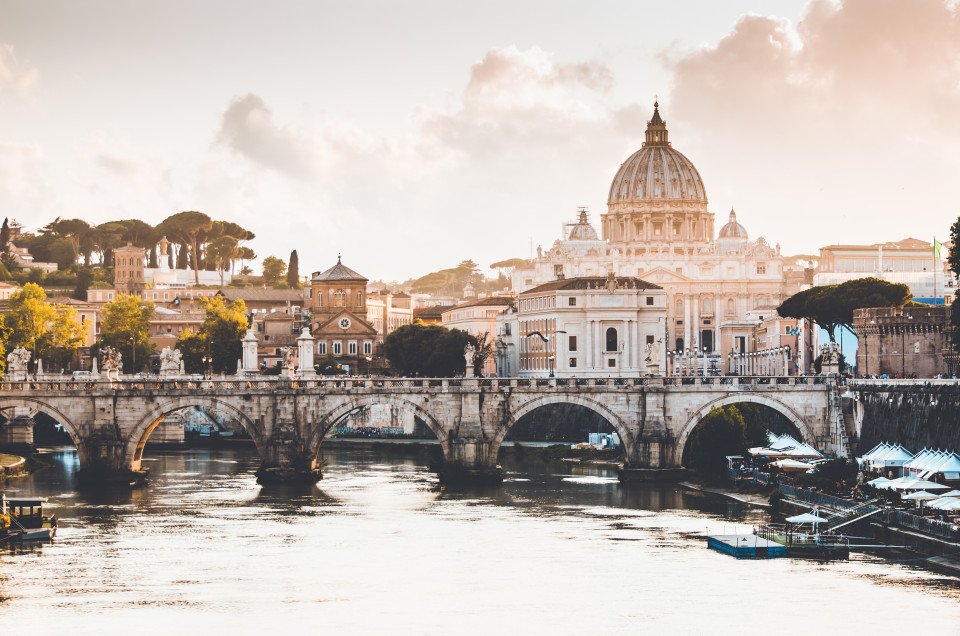
Civitavecchia
Olbia

Casablanca

Tangier
Ferrol

Southampton
*This holiday is generally suitable for persons with reduced mobility. For customers with reduced mobility or any medical condition that may require special assistance or arrangements to be made, please notify your Cruise Concierge at the time of your enquiry, so that we can provide specific information as to the suitability of the holiday, as well as make suitable arrangements with the Holiday Provider on your behalf.
What's Included with
P&O Cruises
Accommodation
Breakfast, lunch, dinner and snacks in a choice of included dining venues
Entertainment throughout the day and evening
Use of swimming pools, hot tubs, fitness centre and leisure facilities where available
Complimentary shuttle service from ship to port where available
Port taxes
Themed events and discos
Tea and coffee in seleted venues
Porterage of luggage from port to cabin
Youth programmes for 2-17 year olds
Free of charge babysitting from 6 months - 4 years of age. Daily from 6pm to 2am
Explore Arcadia

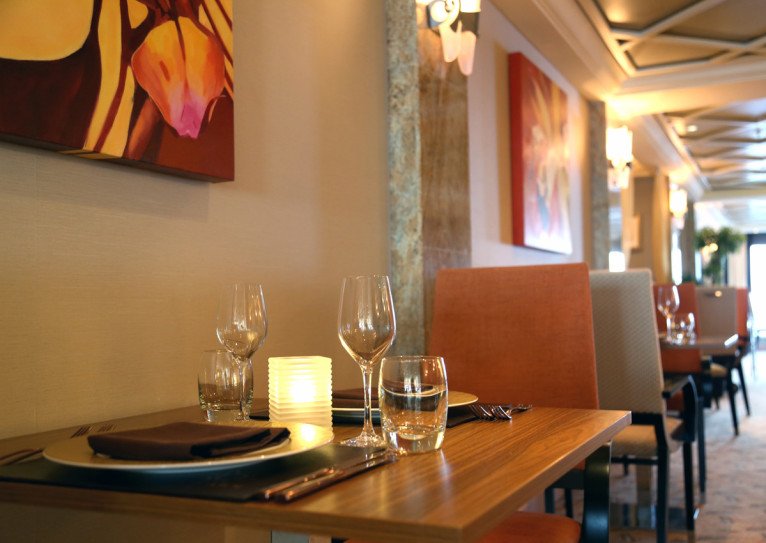

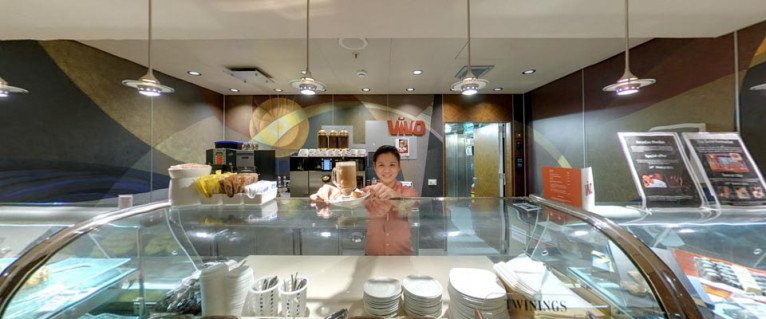












Neptune Grill
Enjoy a variety of snacks including burgers, hot dogs and fish and chips (this dining option is included in the price of your holiday).
Belvedere Restaurant
No matter what time of day it is, if you fancy a good meal you'll always get one on board Arcadia. The Belvedere food court offers informal dining around the clock. With a wide choice of menus from Oriental and Italian to bistro-style dishes and a delicatessen counter, this stylish and modern venue is the place to go for casual dining any time of the day or night. So if you've just returned to the ship after a shore excursion and have worked up a late afternoon appetite you can still enjoy a great meal.
Meridian Restaurant
Featuring a two-tiered layout and refined décor, every night will be an occasion in the Meridian Restaurant. Enjoy the special ambience and sociable atmosphere of a main dining room, with a five-course menu (six-course on Gala Nights).
Sindhu Restaurant
Showcasing a menu which is a triumph of perfectly balanced spices, delicate flavours and wonderful aromas, Sindhu has become a firm favourite with many. Dishes such as pan-roasted beef tenderloin and spiced mash vie for your attention, alongside ginger and mint tiger prawns and the signature dish – a trio of fragrant curries. So why not take a seat amidst the opulent decor and experience a treat for your senses?
The Ocean Grill
Ocean Grill by Marco Pierre White is the spot to savour mouth watering steaks and seafood. As you would expect from one of the world’s leading chefs, attention to detail is paramount and provenance and quality are key. The dishes, while simple, are masterfully presented, delivering exceptional flavours. And in the spirit of all great London grill restaurants, the ambience is relaxed yet sophisticated.
Cafe Vivo
Just a few steps away from Arcadia's shops, this fantastic coffee shop is a great place to take a break and people watch.
Located on the starboard side of Promenade Deck, between the Library and The Screening Room, is Caffè Vivo. Adorned with brown leather sofas, high tables and stools and wooden floors, Caffè Vivo takes its cues from the warmth and vibrancy of the Mediterranean and provides a cosy and inviting atmosphere. Relax over a delectable cookie or pastry with a magazine, refresh your palate with a smoothie or freshly squeezed juice, or opt for a lunchtime snack. With anything from salads and bagels, to crostini and noodles on the menu, Caffè Vivo is much more than simply a coffee bar.


Dance Classes
There are coupled dance instructors onboard who offer a variety of dance lessons. The main types of dance offered are ballroom and Latin. As well a group lessons, it is also possible to arrange 1 to 1 tuition. On some occasions, there are celebrity dance instructors on board too. Everyone is welcome regardless of experience.
Library
The ship's well-stocked library is perfect for finding a great book to enjoy by the pool. Choose from an extensive range of fiction and non-fiction books, or browse through the tempting selection of books which are available for purchase, in an area operated by Waterstones book shop.





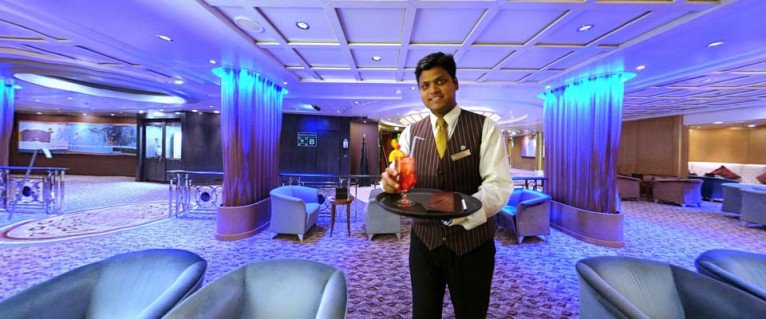
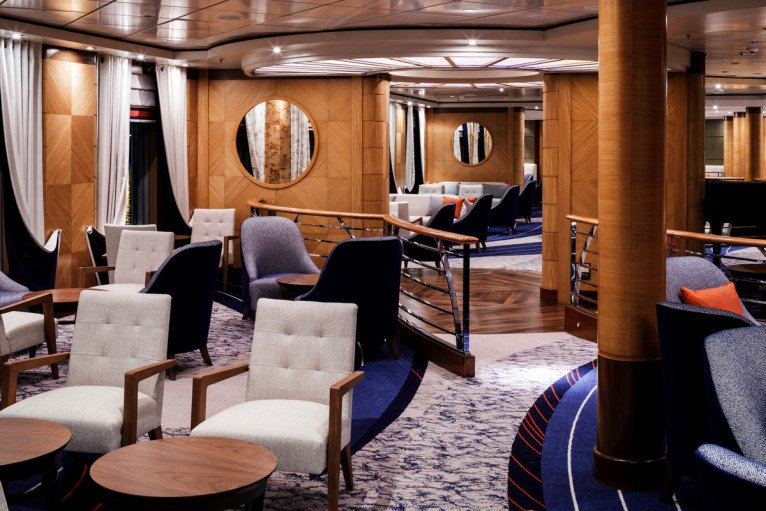

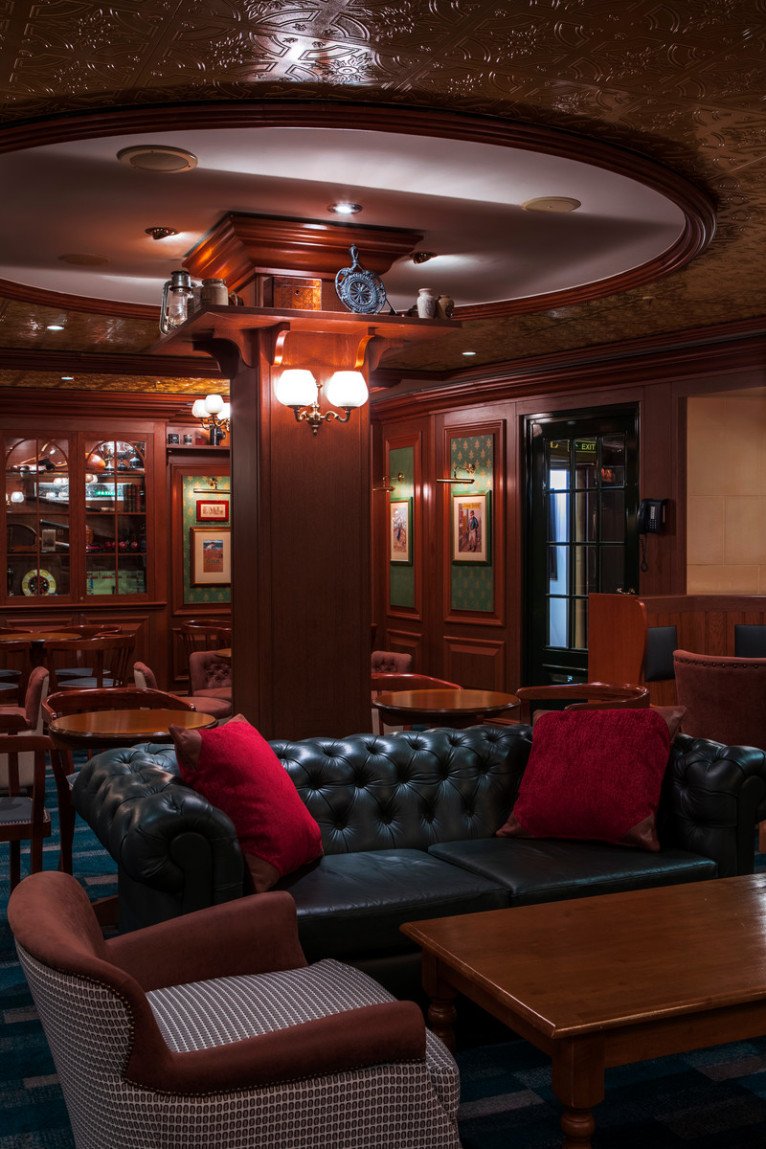

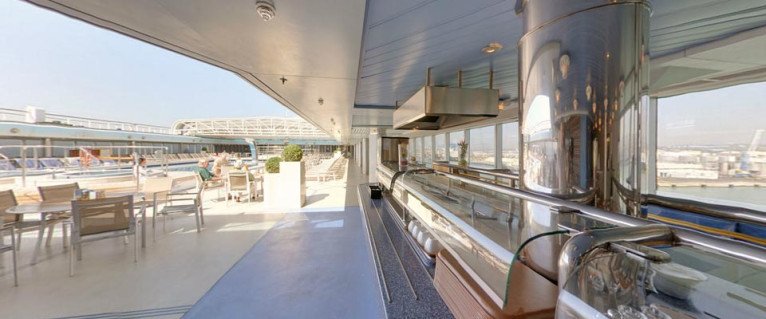

The Palladium
Arcadia's impressive three tier theatre, The Palladium, is located at the very forward end of the ship. Inside you will find comfortable theatre-style-seating arcs around the stage in three tiers, affording you excellent views of the stage. In The Palladium, the drama is not confined to the stage, as the décor adds a theatrical touch of its own. A rich colour scheme of royal blue, violet, midnight blue and silver sets off the main attraction - the shows themselves! Suede and crushed velvet adds an opulent touch, ensuring The Palladium has all the magic and anticipation of the West End!
The Crow's Nest
On Sun Deck forward is where you will find the appropriately named Crow's Nest. This relaxed lounge offers visitors sweeping panoramic ocean views and a convivial atmosphere. By day, you can sit back and relax with a book in one hand and a coffee in the other, pausing every now and again to enjoy the view. At night you'll be able to enjoy your favourite tipple to the sound of tinkling ivories. Jazz nights, cabaret and dancing all make the Crow's Nest a perfectly relaxed and elegant post-dinner venue.
Monte Carlo Casino
The Monte Carlo Casino is a great place to continue a fun night out after post dinner drinks or a show. The Monte Carlo Casino is conveniently located on F Deck forward next to the theatre and nightclub. It is adorned with rich fabrics including purple leather chairs around purple felt gaming tables and gives the casino a sumptuous, glamorous feel. In addition to the roulette table, two blackjack tables and three card poker table, you will find over 40 slot machines. The fun carpet complements the room well, reflecting the colour scheme of the yellows and purples of the furniture.
The Globe
The Globe provides a wealth of entertainment. You enter this room from the starboard side corridor, and as you do so, you'll be met by a shining black marble bar with small starlights sparkling overhead. As the name suggests the room is circular and its subtle lighting brings a warm ambience to the room in the form of recessed lights and elegant lamps. Curvy seating and a black and gold colour scheme continue the room's classy atmosphere and fluid lines. Here you might catch the latest film release on its cinema screen, attend an art auction, enjoy a late night cabaret or boogie the night away to some live music.
The Screening Room
This 30-seat boutique cinema is Arcadia's dedicated space for showing films on board. You'll find the cinema positioned on the starboard side of Promenade Deck, aft of the forward lifts and adjacent to the Horizon Suite
Intermezzo
Make your evening that little bit more special with a visit to Intermezzo, an exclusive cocktail and Champagne bar located on F Deck. Luxuriate with a glass of Champagne or your favourite cocktail. Feature columns are dressed in rich sheer curtains, adding soft lighting by evening when the columns are lit from within. Classy, modern and the place to be seen, Intermezzo provides an elegant backdrop for an unforgettable evening.
Spinnaker Bar
Nestled between Intermezzo and the Meridian Restaurant, is the yacht-inspired Spinnaker Bar. Its sophisticated yachting theme is evident in its contemporary décor, featuring wood, steel and chrome, it has porthole style mirrors and ship memorabilia. As it is just off the central walkway and close to the restaurants and evening entertainment, you will find that it is the perfect meeting place for a pre or post dinner tipple.
Piano Bar
Situated at the very heart of the ship on Promenade Deck is the tastefully designed Piano Bar. Its position at the top of the atrium means it benefits from a close view of the intricate glass ceiling created by the artist Jo Downs. The light emanating from its rich hues of purples, pinks and blues combines with light wood walls and a low ceiling to give the Piano Bar an intimate evening feel. As the name suggests, in pride of place is the piano, where the resident pianist provides a backdrop to your conversation.
The Rising Sun
Walk into The Rising Sun and the only thing to remind you you’re not in a fine old country pub may be the ever-changing view from the window. As befits such a traditional establishment, there’s a jukebox and snug bar creating a buzzy pub atmosphere, with everything from darts, karaoke, live music, pub quizzes and major sporting event screenings to keep you entertained.
East Bar
You will find East Bar at the highest point of the ship - Sky Deck. As you enter this colonial style bar you are welcomed by an array of drawings and paintings created by Martin Williams, which form a travelogue of journeys through Asia. As the sun sets and warm ambient light pours into the room, you can enjoy a pre-dinner drink before dining on the most wonderful Asian cuisine in the nearby Sindhu, or stop by later for a post-dinner drink.
Neptune Bar
The Neptune's Bar is protected by the sliding glass Skydome, including the Neptune Pool and Neptune Grill, so you won't have to worry about it raining on your fun!
Aquarius Bar
At the stern of Lido Deck, just forward of the Aquarius Pool is the Aquarius Bar. Enjoy a brief respite from the sun on one of its stools or stay on your deck lounger and have a refreshing cocktail - or two!
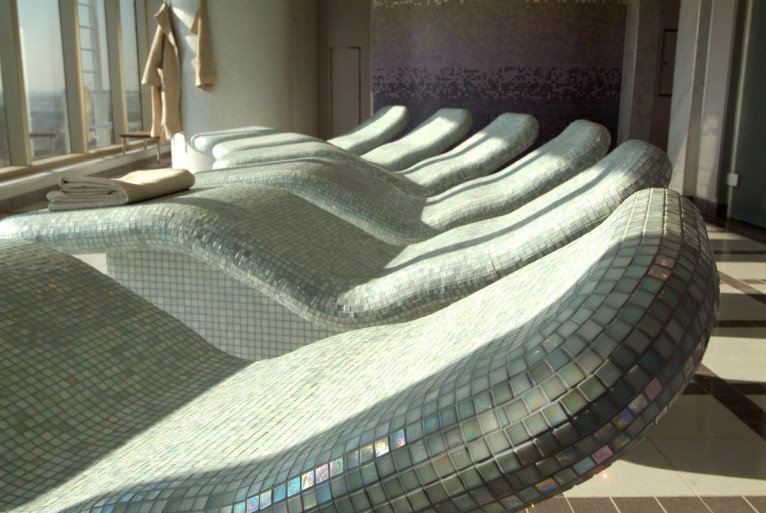
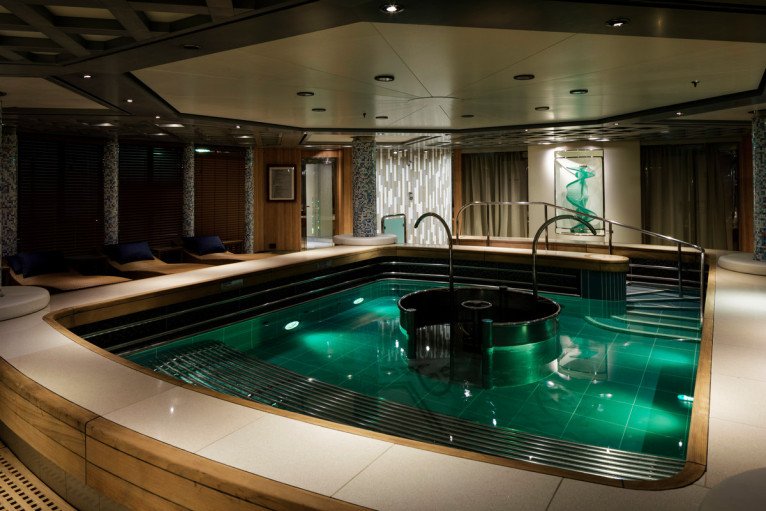

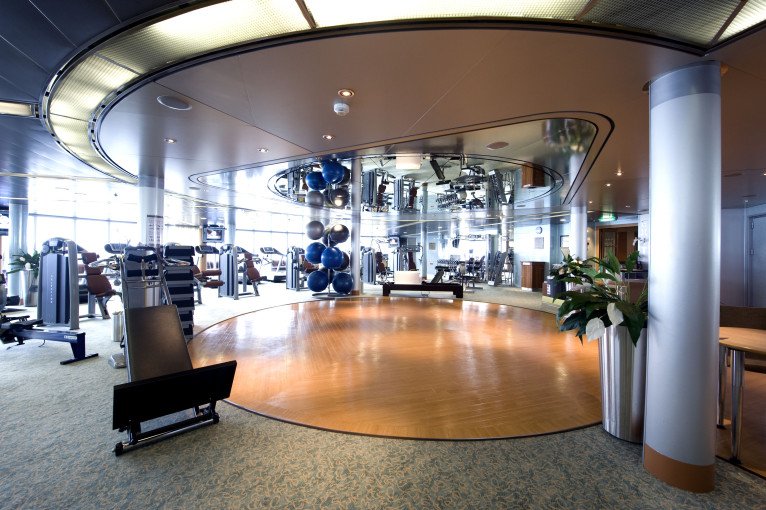
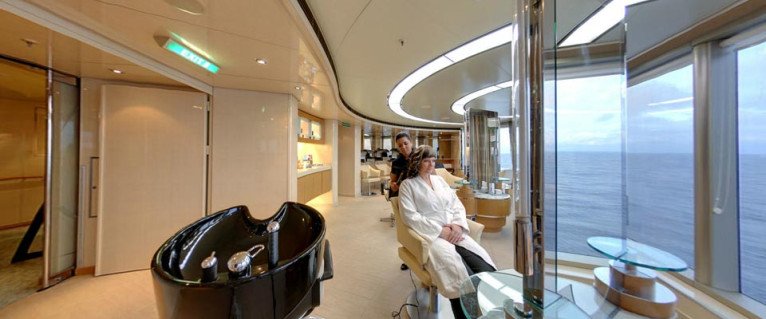
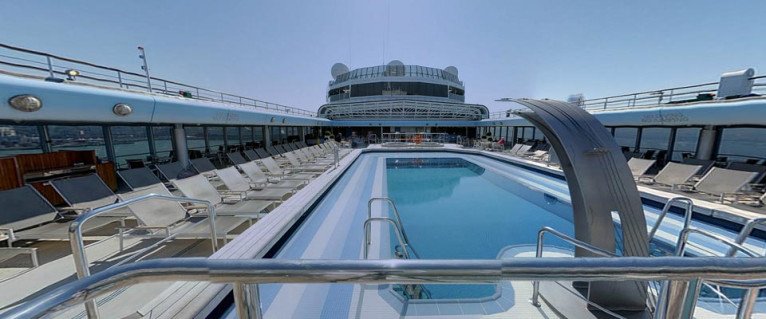
Oasis Spa
Putting the aah in spa. Think luxurious spaces to relax in, salon treatments and the aroma of scented oils. You can enjoy a warming and cleansing visit to the sauna and steam rooms. Or opt for the very latest in facials, manicures, pedicures, aromatherapy or massages. Within the Oasis Spa are Arcadia's hydrotherapy pool and thermal suite, where you'll find steam rooms, sauna and ‘experience’ showers as well as heated ceramic beds where you can relax.
The Retreat
Think luxurious spaces to relax in, salon treatments and the aroma of scented oils. You can enjoy a warming and cleansing visit to the sauna and steam rooms. Or opt for the very latest in facials, manicures, pedicures, aromatherapy or massages, in one of the luxurious treatment rooms.
Sports Court
Whether you enjoy the friendly competition of an organised tournament or prefer to play casually with your own party, short tennis, football, cricket and basketball are just some of the options available.
Gymnasium
Passengers can watch the waves as they work out with all the latest equipment, including exercise bikes, rowing machines, running machines, steppers, resistance machines and a range of weights. After the workout, visitors can head to the Oasis Spa for a relaxing massage, a stimulating therapeutic treatment or a warming and cleansing sauna.
Salon
Visit the hair salon to have your hair styled for the evening, to try a new colour or even a totally new look. The Oasis Salon is all about pampering and indulging yourself.
Swimming Pools
Neptune Pool- Covered by a skydome, you can always take to the water no matter what the weather. Located on Lido Deck, between the forward and central lifts is the sparkling Neptune Pool, Arcadia's largest. The sliding glass roof can be retracted in good weather, or left closed in cooler climes - so you can enjoy a relaxing swim as soon as you leave Southampton! The skydome covers the entire pool area, including the Neptune Bar and Neptune Grill.
Aquarius Pool- Located at the stern of Arcadia, this pool is the perfect place to relax during the day. As the sun sets, there’s no better place to take in the beautiful ocean and unparalleled views afforded by this peaceful spot.
Sky Deck

- Sports Court
- Sindhu
- East Bar

Sun Deck

- The Crow's Nest
- Skydome
- Diversions
- The Retreat
- Wedding Venue/Viceroy Room
- Mini-Suites
- Deluxe Balcony Cabins
- Single Balcony Cabins
- Single Inside Cabins
- Inside Cabins

A Deck

- Deluxe Balcony Cabins
- Inside Cabins
- Suites

Lido Deck

- Gym
- Oasis Spa & Salon
- Hydro Pool
- Steam Rooms
- Sauna
- Neptune Pool
- Neptune Bar
- The Belvedere
- Aquarius Pool
- Aquarius Bar

B Deck

- Suites
- Mini-Suites
- Deluxe Balcony Cabins
- Inside Cabins

D Deck

- Suites
- Mini-Suites
- Deluxe Balcony Cabins
- Inside Cabins

E Deck

- Suites
- Deluxe Balcony Cabins
- Outside Cabins
- Inside Cabin

C Deck

- Suites
- Deluxe Balcony Cabins
- Outside Cabins
- Inside Cabins

Prom Deck

- The Palladium
- Shopping
- Horizon
- The Screening Room
- Caffe Vivo
- Library
- Emporium
- The Piano Bar
- Meridian Restaurant

F Deck

- The Palladium
- Monte Carlo Casino
- The Rising Sun
- The Globe
- Art Gallery
- Ocean Grill
- Intermezzo
- Spinnaker Bar
- Meridian Restaurant

G Deck

- The Palladium
- Reception
- Outside Cabins
- Inside Cabins



Inside Cabin
These spacious cabins are perfect if you want a more economical way to travel and prefer to be out and about experiencing the ship or reclining up on deck by the pools.
Facilities
- King or Twin Configuration
- Shower
- Toiletries Provided
- Room Service Available
- TV
- Safe
- Hair Dryer
- Telephone
- Desk
Single Cabin
These spacious cabins are perfect if you want a more economical way to travel and prefer to be out and about experiencing the ship or reclining up on deck by the pools.
Facilities
- One Single Bed
- Shower
- Toiletries Provided
- TV
- Safe
- Hair Dryer
- Telephone
- Desk

Sea View
These spacious cabins are perfect for passengers who want a more economical way to travel. These air-conditioned outside cabins have two lower beds that are convertible to one king-size bed with wardrobe and drawer space. The bathroom has a shower, or a shower over bath, and a WC. There is a writing desk and TV. Outside cabins may have a window or a porthole.
Facilities
- King or Twin Configuration
- Shower
- Toiletries Provided
- Room Service Available
- TV
- Safe
- Hair Dryer
- Telephone
- Desk

Balcony Cabins
There's nothing quite like opening your patio style doors onto your own private balcony, especially to take in the fresh morning air or to enjoy a spectacular sail in to your next destination.
Facilities
- King or Twin Configuration
- Shower
- Toiletries Provided
- Room Service Available
- TV
- Safe
- Hair Dryer
- Telephone
- Desk
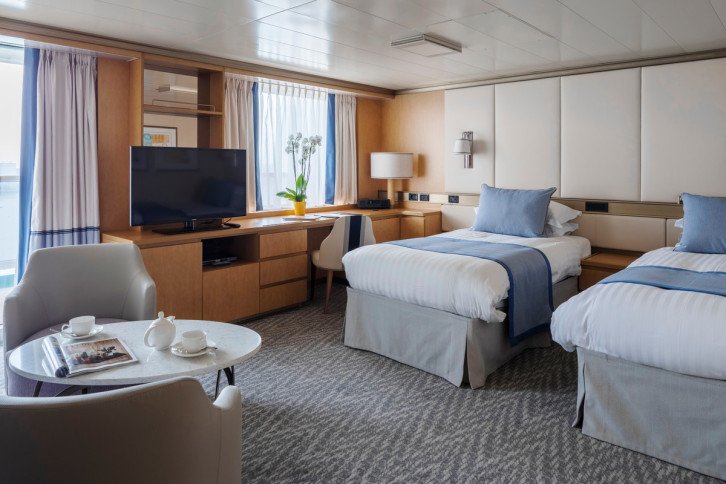

Suite
Fully air-conditioned suites enjoy two lower beds convertible to king-size bed. Bathrooms boast a whirlpool bath , shower and plus luxurious premier pamper pack, bathrobe & slippers. Additionally there is a useful walk-in dressing area with a hairdryer.
The lounge has a sofa & chairs plus dining table and chairs, with a mini stereo and a TV plus and telephone, writing desk, refrigerator and tea/coffee making facilities. There is also a safe. Floor to ceiling sliding glass doors lead to your balcony with loungers, chairs and table. Suites have an optional butler service, magazine and newspaper selection, atlas and binoculars, plus fruit basket, mineral water, flowers, Champagne and chocolates on arrival.
Facilities
- King or Twin Configuration
- Shower
- Whirlpool Bath
- Lounge Area
- Vanity Area
- Toiletries Provided
- Room Service Available
- Suite Benefits
- TV
- Safe
- Hair Dryer
- Telephone
- Desk
Mini-Suites
These fully air-conditioned suites feature two single beds, convertible to one king-size bed. The bathrooms boast a whirlpool bath, shower, dual sink vanity unit and a WC. Suites include a complimentary premier pamper pack with bathrobe & slippers. Additionally there is an iron & ironing board, trouser press and a hairdryer.
Facilities
- King or Twin Configuration
- Shower
- Whirlpool Bath
- Vanity Area
- Toiletries Provided
- Room Service Available
- Suite Benefits
- TV
- Safe
- Hair Dryer
- Telephone
- Desk

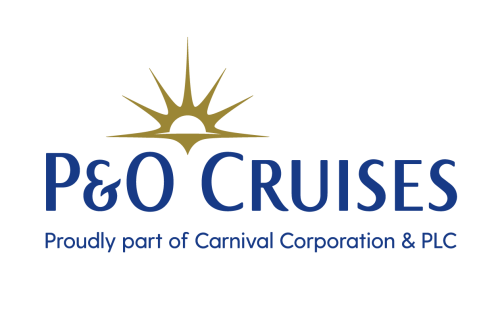
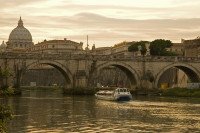
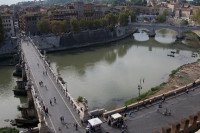
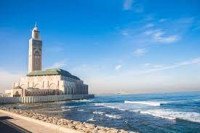

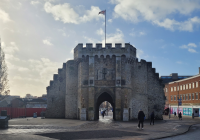
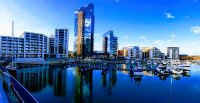

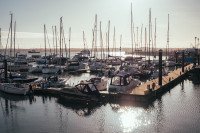
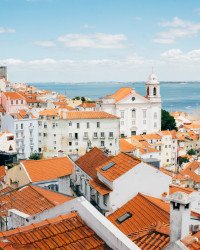
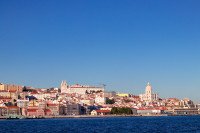
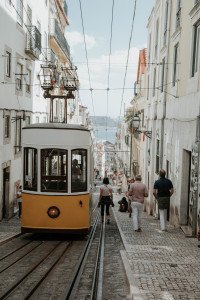
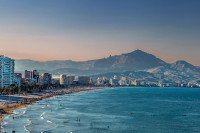

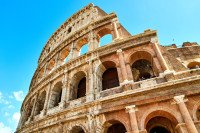

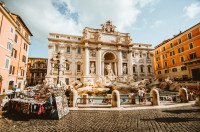
-large_thumb.jpg)









